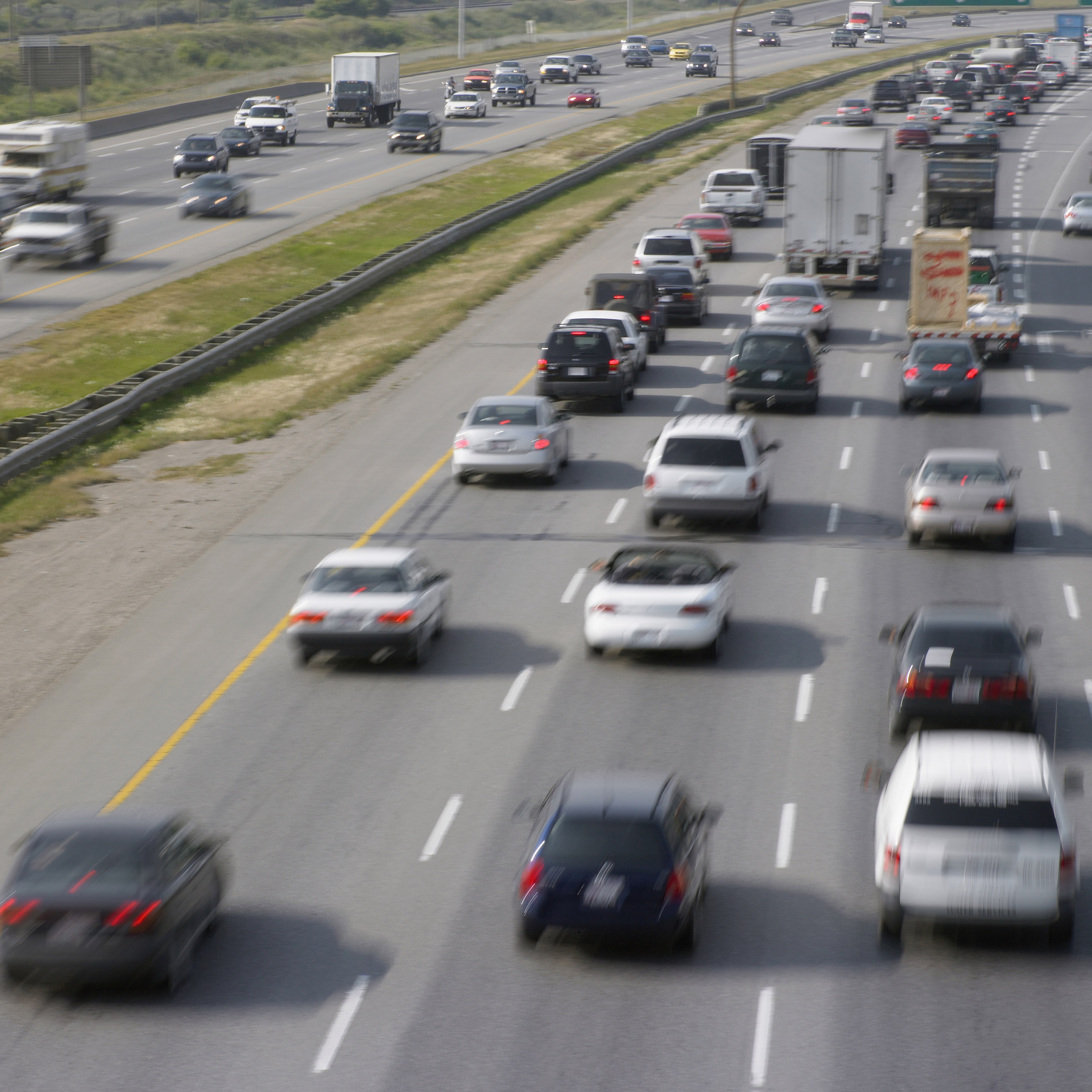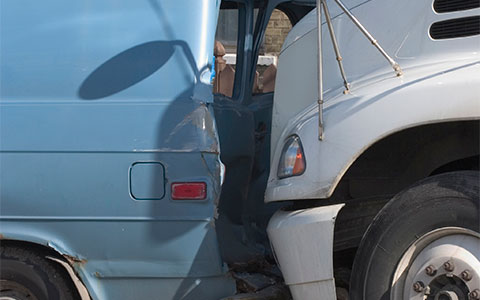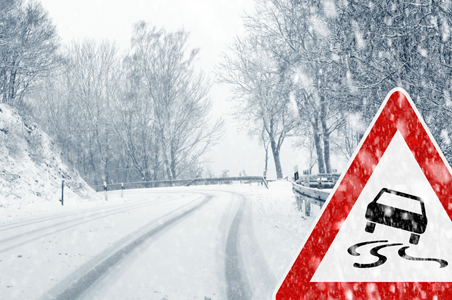Passing Safely


Passing other vehicles can be dangerous, especially on two-lane highways. Head-on collisions, sideswipe accidents, run-off-road crashes, and other serious collisions can result when drivers take unnecessary risks and don’t follow safe passing procedures.
To pass safely, it’s important to interpret the intentions of other drivers. Watch for clues that the driver of the vehicle you are passing may be intending to slow down, stop or turn. For example, a slow-moving motorist may be planning to turn at an upcoming intersection or driveway. Not keeping a safe following distance could cause you to rear-end the vehicle when the driver slows down to turn. At the same time, motorists entering the roadway from driveways, parking lots, and intersections can create unexpected hazards while you are passing. So be aware of other vehicles in the area—not just the one you are passing.
If other drivers are trying to pass you, be considerate. Don’t accelerate. Leave space in front of you in case the other driver needs to return to the right lane.
Before you decide to pass, ask yourself:
- Is it necessary to pass? If the other vehicle is already traveling at the legal speed limit, passing is not necessary.
- Is it safe to pass? If passing or changing lanes will require oncoming motorists to slow down, swerve, or stop, then passing is not safe. Passing without adequate clearance could result in a deadly head-on collision or force another motorist off the road.
- Is it legal to pass? Passing is generally not allowed:
- On hills or curves where road markings indicate no passing is permitted
- At or within 100 feet of a railroad crossing, intersection or tunnel
- On some bridges
- In high-hazard areas, such as school zones, hospital zones, and construction zones
- On the right, unless specifically authorized
- If it requires exceeding the speed limit
Tips for passing safely
- Keep a safe following distance. The vehicle in front of you may be traveling slowly because the driver intends to turn or stop. Following too closely could result in a rear-end collision.
- Check for oncoming traffic. Be certain you have enough time and space to pass safely. If you are unable to see the road ahead clearly, you may be making a dangerous mistake. Be extra cautious when visibility is reduced or if you are passing multiple vehicles.
- Check your mirrors. Other motorists behind you may be intending to pass at the first opportunity. Be certain other drivers are not passing you before you change lanes.
- Use your turn signals. Signal your intentions to change lanes and pass. Make sure to cancel your signal afterward. If you forget, a motorist might believe you are going to turn and think it is safe to pull out in front of you. Don’t rely on signals from other motorists that it is safe to change lanes. If a collision occurs, you could be held responsible for causing the crash.
- Watch your speed. Remember, passing is not an excuse to exceed the speed limit.
Even if you are not passing, you can help other motorists who want to pass. Driving with your headlights on, especially on two-lane highways, allows other motorists to see you from a greater distance so they can more easily determine if it is safe to pass.
DOC#: LCT130




